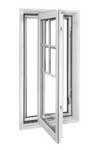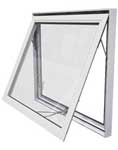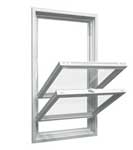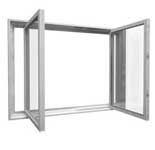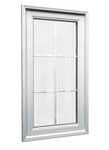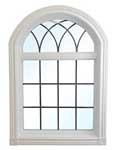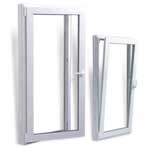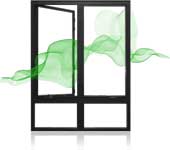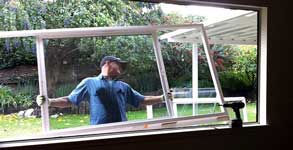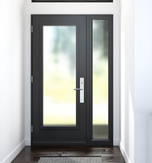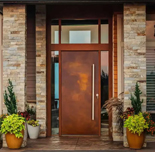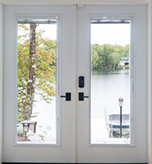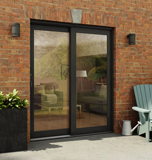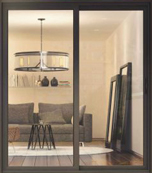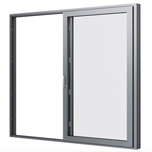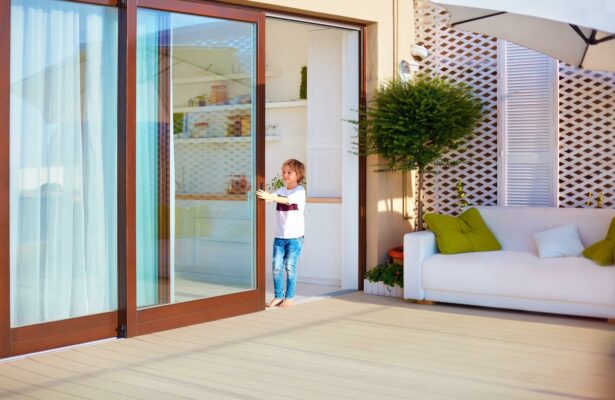Every summer, we try to find ways to stay cool during heat waves and throughout humid months of the year. However, there are more cost-effective solutions than simply running to the air conditioner. With dedication, perseverance, and a willingness to experiment, it is easier than ever to lower cooling costs without sacrificing your personal comfort.
ENERGY STAR® Appliances
Investing in modern ENERGY STAR® certified or equivalent products throughout your home, specifically ventilation and temperature control systems, will help to protect against excess energy usage and wastage. This will lower your bills not just in the summer, but year-round as you rely on heating and cooling systems to maintain an optimal interior comfort level at all times.
Modern appliances and temperature control systems generate less heat and require less energy to operate efficiently. Additionally, LEED-certified properties that are eco-friendly are eligible for financial incentives that allow you to receive a return on such a thoroughly green investment.
Exterior Upgrades
By upgrading to energy-efficient windows, doors, ventilation, and insulation, you can far more easily control how heat and cool air travels throughout your property, as well as how much is contained inside.
Older fixtures and insulation can develop faults and separations, negatively impacting their effectiveness at keeping cool air in during the summer months, while newer models have tighter and more effective seals that stop air from leaking out of your property.
Additionally, you could consider landscaping as a viable cooling alternative as a means of directing sunlight and heat away from vulnerable spaces such as large windows. Planting lush yet efficient trees and shrubbery are great examples of this.
Your roof is also heavily responsible for interior temperature fluctuations. When it comes time to upgrade or replace your roof, consider installing a reflective roof. It’s a highly effective way of lowering internal temperatures, as they are specifically designed to reduce roof temperatures by up to 15 degrees Celsius depending on your climate. Try combining these upgrades with awnings and coverings for windows and doors directly impacted by sunlight, as they behave much in the way of shrubbery by shading windows and doors from heat and humidity.
In essence, the more heat and sunlight you can push away from your home or business, the less money it will cost to keep it cool in the summer.
Low-Cost Interior Workarounds
If you don’t quite have the budget for a renovation or exterior work, be sure to try drawing shades, blinds, and curtains throughout your home, as they help to keep cooling needs down by blocking out outside heat and sunlight. For this, try using thicker and darker fabrics or coverings.
Additionally, try to incorporate floor and ceiling fans as much as possible, as they are highly efficient and effective at maximizing airflow and dissipating humidity. They are made even more effective when placed facing a mixing bowl full of ice, which can push naturally cooled air around and help to reduce temperatures without depending on expensive cooling alternatives even further.
Also Read: 4 Practical Tips To Help You Prepare Your Windows And Doors For Summer
Lighting can also generate heat, particularly if it is outdated and doesn’t meet energy-efficient standards in modern society. Not only should you try to use interior lighting as little as possible, but also consider switching over to LED or CFL light bulbs to reduce your property’s lighting impact on internal temperatures even further.
Finally, try cooking outdoors to protect against temperature fluctuations, for the heat generated by ovens and stovetops can be problematic during warmer months.
Minimizing Air Conditioner/HVAC Usage
In addition to the aforementioned approaches, consider the costs associated with running an air conditioner or HVAC system at lower temperatures in order to quickly lower temperatures. For each and every degree below 25 degrees Celsius (77 Fahrenheit), these systems will consume three to five percent more energy, therefore costing far more to operate during the summer.
There are other ways of keeping your interior cooler that have little to no effect on your property’s overall energy consumption, such as turning on ceiling fans and opening windows for fresh breezes (when applicable). This will result in less direct reliance on tweaking thermostats and drawing in more expensive conditioned air, instead making use of equally effective yet infinitely more inexpensive cooling alternatives. This will also reduce the strain normally inflicted upon air conditioners and HVAC systems, enabling for them to last longer with minimal maintenance requirements.
Keeping your home or business cool in the summer doesn’t have to be expensive. With these methods in mind, take the time to examine your property’s behavior in regards to temperature control, natural heat input, and air leakage. By putting these tips to use and making necessary changes, it is relatively simple and affordable to make any structure’s interior a cool and comfortable place during the year’s hottest season.
Also Read: How Energy Efficient Windows Help During Summers!

